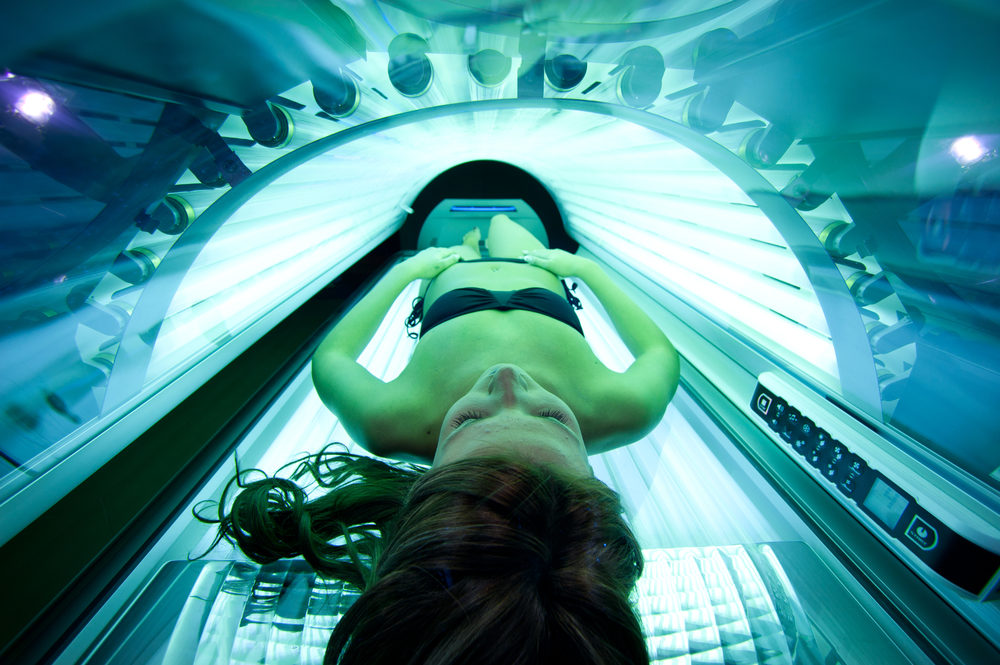Melanoma Risks Increasing Among Older Whites, Decreasing Among Youths

New research suggests that the rates of melanoma, a serious and potentially life-threatening form of skin cancer, are on the decline among younger adults, but rising among older Americans.
Researchers from the U.S. Centers for Disease Control and Prevention (CDC) published a research letter on January 31, in the medical journal JAMA Dermatology, outlining trends in incidence of melanoma in recent years. They found that rates of melanoma were going up among individuals 55 years or older, and going down among Americans between the ages of 15 and 44, particularly among younger white females.
The latter has been a target group for efforts to combat melanoma, following years of increasing rates linked to the popularity of indoor and outdoor tanning.

Did You Know?
Millions of Philips CPAP Machines Recalled
Philips DreamStation, CPAP and BiPAP machines sold in recent years may pose a risk of cancer, lung damage and other injuries.
Learn MoreResearchers analyzed data from the CDC’s National Program of Cancer Registries (NPCR) and other registries that comprise data on about 99.1% of the U.S. population and focused on non-Hispanic whites (NHWs) above the age of 15 from January 2010 to December 2014.
According to the findings, more than 70% of melanoma cases diagnosed during that time were among those 55 years or older. They found that NHW males between the ages of 15 and 24 had melanoma rates of 2.0 per 100,000, compared to 198.3 cases per 100,000 among males over the age of 85. Younger white females had higher rates than younger males, with 4.5 cases per 100,000 among those 15 to 24 years old. However, females over the age of 85 had lower rates of melanoma than their white male counterparts, at 60.9 cases per 100,000.
Overall, during the time period of the study, rates of melanoma increased. However, rates among those between the ages of 15 and 34 decreased significantly during that same time.
“Melanoma incidence rats have increased in recent years among NHWs, particularly men older than 54 years and women older than 44 years,” the researchers concluded. “In contrast, rates have decreased slightly among younger NHWs (men younger than 45 and women younger than 35 years).”
Indoor Tanning Cancer Risks
Skin cancer cases in the United States have increased significantly over the last decade, with the number of skin cancer cases in the U.S. reaching more than 260,000 in 2015, costing the U.S. healthcare system hundreds of millions of dollars in related medical costs.
Prior studies have indicated indoor tanning is playing a major part in the increasing rates of melanoma, and also increases a person’s risk of non-melanoma skin cancer.
Melanoma is the deadliest form of skin cancer. Young women who tan indoors before the age of 30 have a six times higher risk of developing melanoma than their peers.
Health experts have called for new laws in recent years to restrict youths’ access to indoor tanning facilities after previous research found that indoor tanning before the age of 30 is linked to a six-fold increased risk of developing skin cancer. However, not all states have passed laws banning the use of indoor salons from youth.
According to a melanoma diagnosis study published in the Journal of the American Medical Association (JAMA), researchers estimated roughly 80,000 Americans were diagnosed with melanoma in 2016, resulting in at least 10,000 fatalities.
Get more articles like this sent directly to your inbox.
"*" indicates required fields





0 Comments